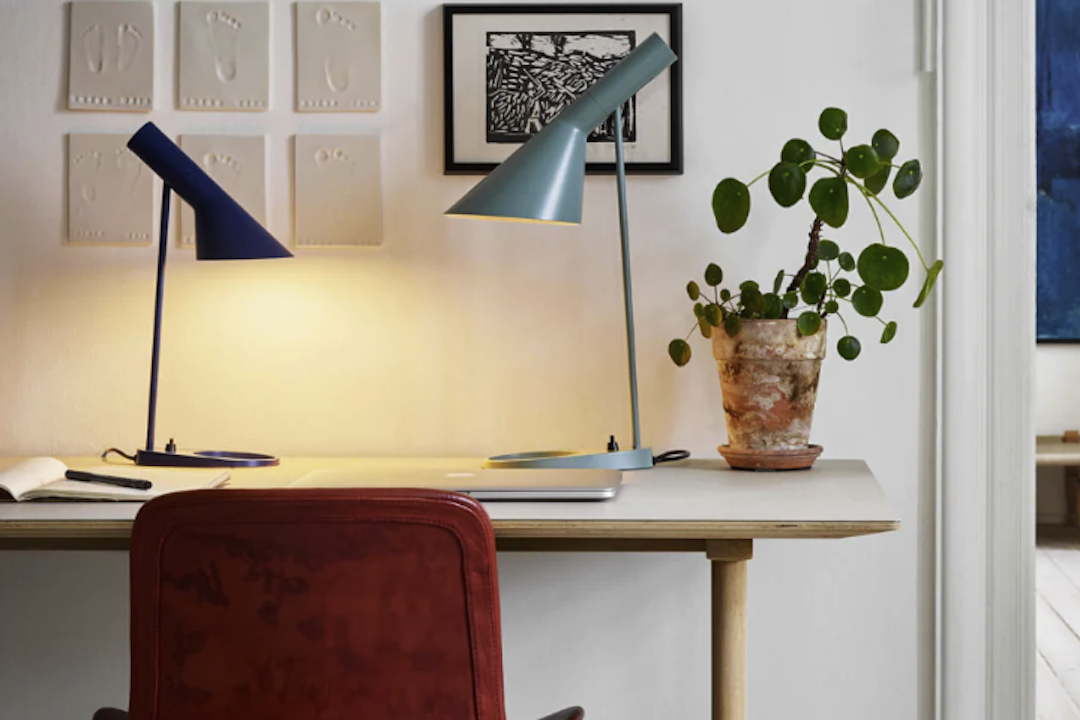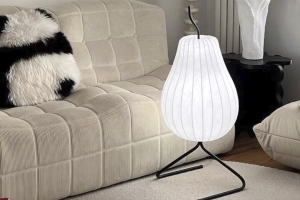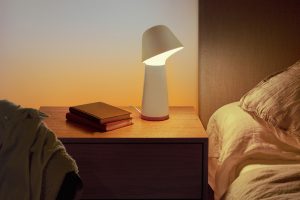
Study Desk Lamp: Full Spectrum Eye Protection
The significance of proper lighting in a study environment cannot be overstated. A well-lit study desk creates an atmosphere conducive to concentration and productivity. Insufficient lighting can lead to eye strain, headaches, and fatigue, which can severely hinder a student’s ability to absorb information and perform tasks effectively.
When students are engaged in reading, writing, or using digital devices, the quality of light plays a crucial role in their overall comfort and efficiency. A study desk that is poorly lit can cause the eyes to work harder, leading to discomfort and a decrease in focus. Moreover, the right lighting can enhance the aesthetic appeal of a study space.
A well-lit area not only makes it easier to see but also creates a more inviting environment that encourages longer study sessions. Natural light is often considered the best option, as it mimics daylight and helps regulate circadian rhythms, which can improve mood and cognitive function. However, when natural light is not available, having an appropriate desk lamp becomes essential.
The choice of lighting can influence not just the physical act of studying but also the mental state of the student, making it imperative to invest time in selecting the right lighting solutions.
Benefits of Full Spectrum Lighting for Eye Protection
Full spectrum lighting is designed to replicate natural daylight, providing a balanced spectrum of light that includes all colors visible to the human eye. This type of lighting has gained popularity in recent years due to its numerous benefits, particularly concerning eye protection. One of the primary advantages of full spectrum lighting is its ability to reduce glare and harsh shadows that can lead to eye strain.
Traditional incandescent or fluorescent bulbs often emit light that can be uneven and harsh, causing discomfort during prolonged study sessions. In contrast, full spectrum lights provide a more uniform illumination that is easier on the eyes. Additionally, full spectrum lighting can enhance visual clarity and color perception.
This is particularly beneficial for students engaged in tasks that require attention to detail, such as reading fine print or working on art projects. The balanced light helps reduce fatigue by allowing the eyes to focus more easily on tasks without straining. Furthermore, exposure to full spectrum light has been linked to improved mood and energy levels, which can be particularly advantageous during long hours of study.
By creating an environment that mimics natural light, students may find themselves more alert and engaged with their work.
Features to Look for in a Study Desk Lamp
When selecting a study desk lamp, several key features should be considered to ensure optimal performance and comfort. First and foremost, adjustability is crucial. A lamp that allows for height and angle adjustments can help direct light precisely where it is needed most, reducing shadows and ensuring even illumination across the workspace.
Many modern desk lamps Ckensu come with flexible necks or articulated arms that enable users to customize their lighting setup according to their specific needs. Another important feature is brightness control. Dimmable lamps allow users to adjust the intensity of light based on the time of day or the nature of the task at hand.
For instance, brighter light may be necessary for detailed work during the day, while softer light might be more appropriate for reading in the evening. Additionally, color temperature is an essential consideration; lamps that offer a range from warm to cool light can help create an environment that suits different activities and personal preferences. A cooler light (around 5000K) is often better for tasks requiring focus and alertness, while warmer tones (around 3000K) can create a cozy atmosphere for relaxation.
Tips for Choosing the Right Study Desk Lamp
Choosing the right study desk lamp involves more than just picking a design that looks appealing; it requires careful consideration of functionality and personal needs. One effective approach is to assess the specific tasks that will be performed at the desk. For example, if a student primarily reads textbooks or writes notes, a lamp with a focused beam may be ideal.
Conversely, if the desk will be used for computer work or creative projects, a lamp with adjustable brightness and color temperature may be more beneficial. Another tip is to consider the size and layout of the study space. A compact lamp may be suitable for smaller desks, while larger workspaces might benefit from more substantial fixtures that provide ample light coverage.
Additionally, it’s essential to evaluate the lamp’s energy efficiency; LED lamps are often recommended due to their longevity and lower energy consumption compared to traditional bulbs. Finally, personal style should not be overlooked; selecting a lamp that complements the overall decor of the study area can enhance motivation and create a more enjoyable learning environment.
How to Use a Study Desk Lamp for Maximum Eye Protection
To maximize eye protection while using a study desk lamp, proper positioning is key. The lamp should be placed at an angle that minimizes glare on screens or reading materials while providing adequate illumination. Ideally, the light source should come from the side rather than directly in front or behind the user.
This positioning helps reduce reflections on screens and prevents harsh shadows from obstructing visibility. Additionally, it’s important to take regular breaks during study sessions to alleviate eye strain. The 20-20-20 rule is a widely recommended practice: every 20 minutes, take a 20-second break to look at something 20 feet away.
This simple technique allows the eyes to relax and refocus, reducing fatigue over time. Furthermore, adjusting the brightness of the lamp according to ambient light conditions can also help protect the eyes; during daylight hours, a lower brightness setting may suffice, while increased brightness may be necessary in dimmer conditions.
Other Ways to Protect Your Eyes While Studying
Optimize Your Screen Position
In addition to using an appropriate study desk lamp, positioning your screens at an optimal distance and angle is crucial. The top of your computer screen should ideally be at or slightly below eye level and about an arm’s length away from you. This helps reduce neck strain, encourages better posture, and minimizes eye fatigue.
Eye Exercises for Better Eye Health
Incorporating regular eye exercises into your study routine can significantly benefit your eye health. Simple exercises like rolling your eyes or focusing on distant objects can help maintain flexibility in your eye muscles and reduce strain from prolonged focus on close-up tasks.
Stay Hydrated and Filter Out Blue Light
Maintaining proper hydration is essential, as dry eyes can exacerbate discomfort during long study sessions. Keeping water nearby and taking sips regularly can help keep your eyes moist and comfortable. Additionally, consider using blue light filters on your screens or wearing glasses designed to block blue light emissions from digital devices. Blue light has been shown to contribute to digital eye strain and disrupt sleep patterns when used excessively before bedtime.


